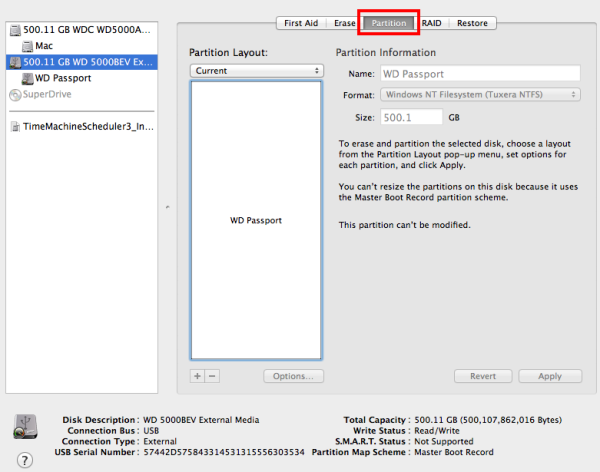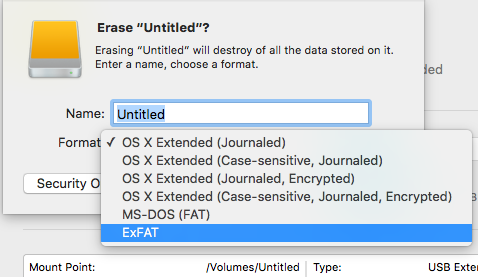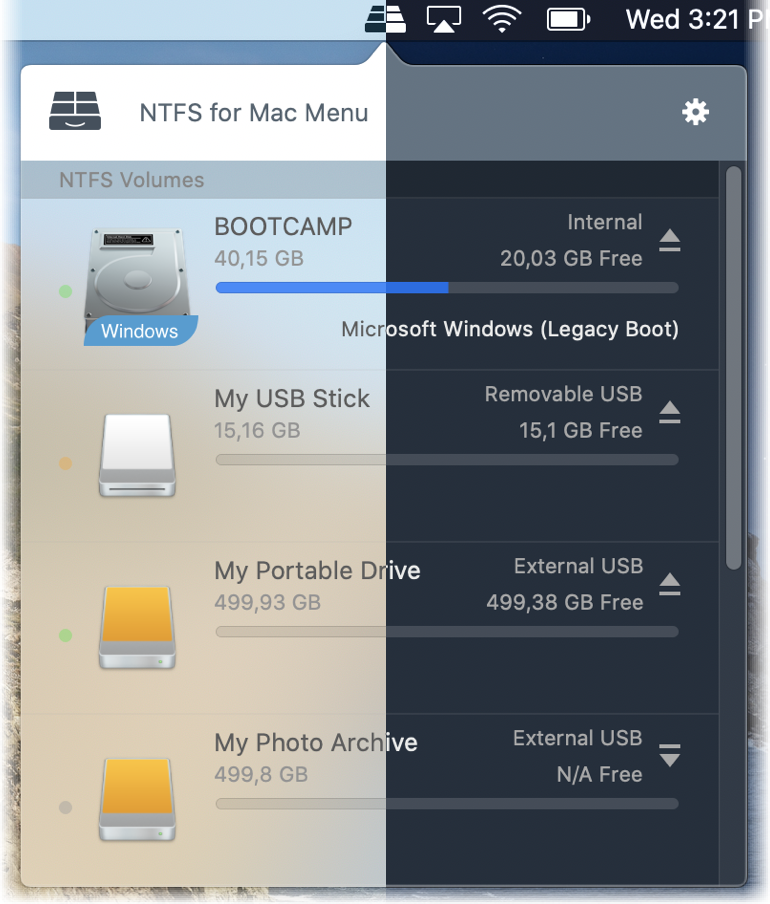
- Format wd to work for mac and windows how to#
- Format wd to work for mac and windows mac os#
- Format wd to work for mac and windows full#
With Disk Management, you can perform simple partition and disk operations, for instance, create partition, format partition, delete partition, shrink or extend partition or change drive letter. Disk Management is Windows utility introduced by Microsoft in Windows XP as a replacement for the extremely old partition tool known as FDISK command.

You can take advantage of Windows in-built hard disk or drive tool known as Disk Management in order to format your SSD on Windows 10. Part 2: How Do I Format SSD in Windows 10? Therefore, if you have stored important files on your SSD, then it is recommended to backup them before proceeding further. Formatting will delete everything present on your drive.
Format wd to work for mac and windows how to#
Once learning the right format to use for SSD on your system, the next step is to learn how to format SSD. If the in-built drive is set up NTFS file system in Windows or APFS on MacBook Pro, then don’t change it. So, it is highly recommended to select the compatible format that your system lists.

Format wd to work for mac and windows full#
Most importantly, it provides full support for SSD on MacBook Pro. So, the recommended file system to use is APFS as it comes with several benefits - strong encryption, disk snapshots, and space sharing.
Format wd to work for mac and windows mac os#
The default file system on Mac OS for SSDs is the APFS. The MAC OS Extension file system is introduced in the MAC OS 10.12 or earlier versions. There is no such thing with the NTFS file system. Moreover, the FAT file system fails to save a file as a complete one when you write any new data after the deletion of the file. Drive with a FAT file system can’t store a single file having a size above 4GB. When it comes to the best format for SSD in Windows, NTFS is highly recommended to use.



 0 kommentar(er)
0 kommentar(er)
